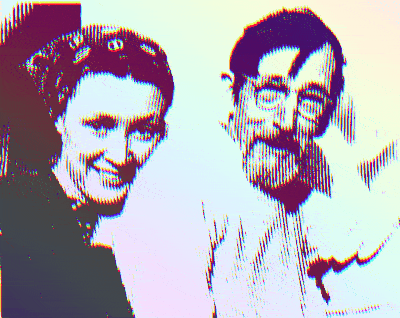Approach to Zion takes its inspiration from the works of painter Maynard Dixon (1875-1946) whose evocative and sublime portrayals of the American West—particularly his renditions of warm and soft light and shadow—have always reminded me of my home in Southern California (and have helped stem some homesickness whenever I am away). The work is divided into four continuous sections, each of which (1. Shiprock Mesa, 2. Desert Journey, 3. Wild Horses, 4. Approach to Zion) takes its title from one of Dixon’s painting. While none of the sections has a strict narrative, in each I have attempted to evoke the feeling of the paintings (and, for some of them, the feeling of being inside the landscapes depicted—of hiking the paintings’ golden hills, of sitting in the cool shadows, of the oppressive and majestic sun beating down). In a word, Approach to Zion is a daydream. Zion, then(in Dixon’s painting, Zion National Park in Utah), is for me, the moment of bliss at the heart of a daydream.
Approach to Zion is also, necessarily, inspired by the pianist for whom it was written, Amanda Lubin, and I have paid tribute to her in a number of musical ways. A solmization of her initials (AHL) form the opening chord of the work, and the three notes, individually, are important pitch centers throughout the piece. The Morse code of her first name (altered slightly) forms the basis for much of the rhythmic material. Most importantly, I made every compositional decision in order to showcase her playing style, which is sensitive and so finely wrought. Approach to Zion is dedicated, with love and admiration, to her.
Performances
2/15/2020 (Premier)
6/1/2020
9/29/2020
Honors
- Finalist—2021 ASCAP Morton Gould Young Composer Awards
